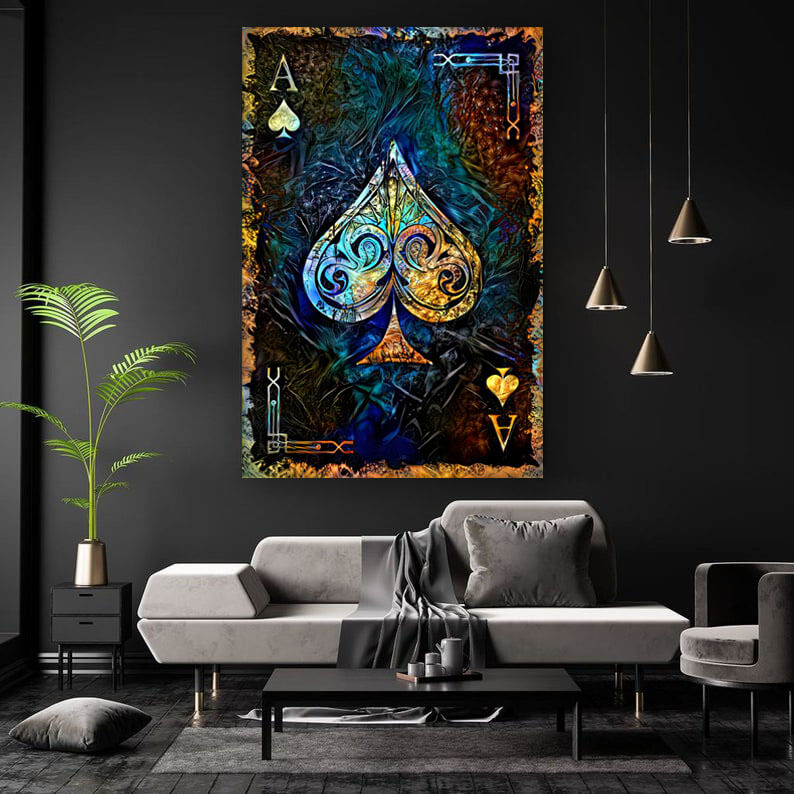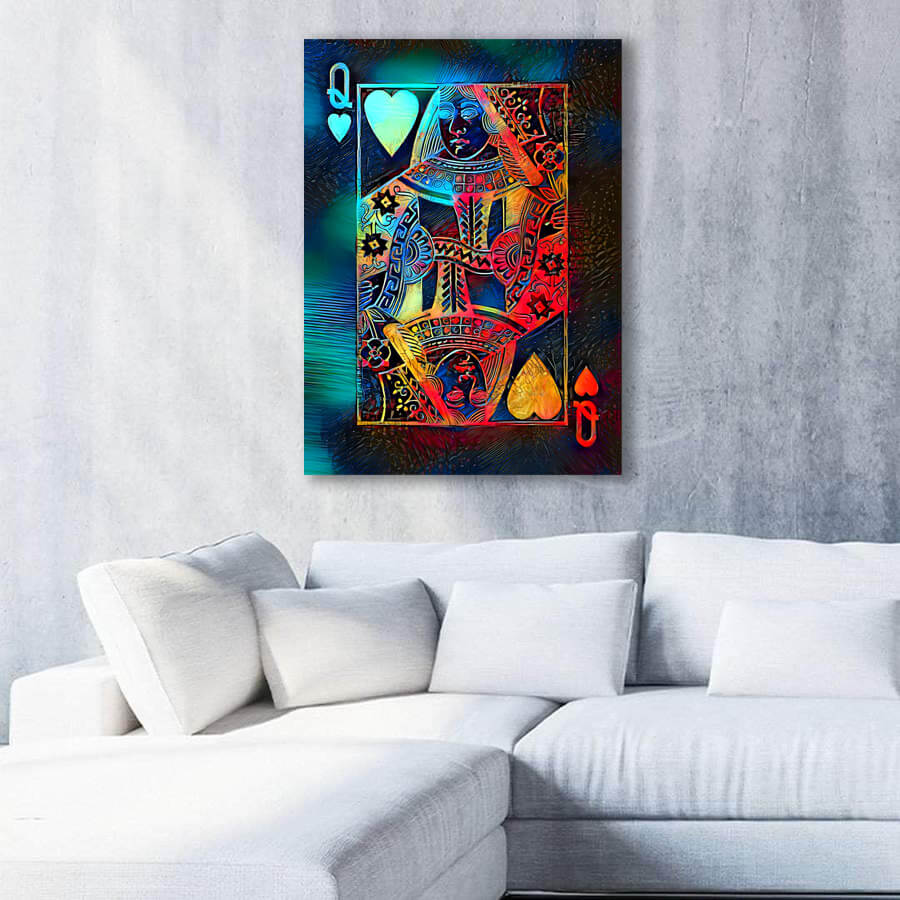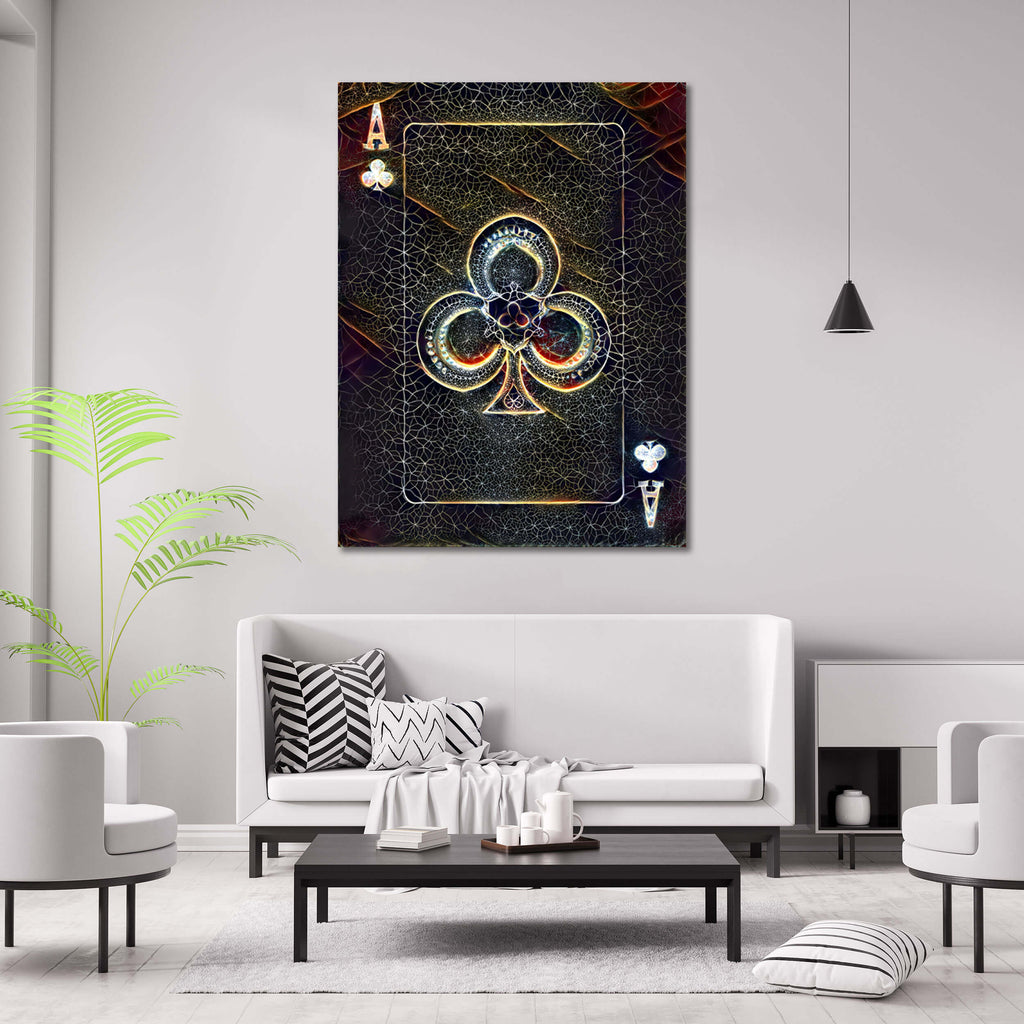What Art Movement Is Playing Cards From?
Mar 03, 2023
Are you a fan of card games? Do you know the art movements that inspired the design of your playing cards? Playing cards have been around for centuries and have evolved to reflect various art styles and cultural influences. In this article, we'll explore the art movements that have inspired the design of playing cards and how they continue to captivate players and art enthusiasts alike.
Renaissance
The Renaissance period was a transformative era in European history, spanning from the 14th to the 17th century. This period was marked by a resurgence of artistic and intellectual creativity, which gave birth to several influential art movements, including the Italian Renaissance and the Northern Renaissance.
During the Renaissance, playing cards became a popular form of entertainment among the aristocracy and wealthy merchants. These cards were more than just a game - they were works of art in their own right. Playing cards from this period were exquisitely designed, featuring intricate patterns and detailed illustrations of people, animals, and landscapes.
The designs on Renaissance playing cards were often inspired by classical motifs and symbols, such as Roman gods and goddesses, mythical creatures, and ancient architecture. The cards themselves were often made of high-quality materials such as ivory, mother-of-pearl, and gold leaf, adding to their luxurious appeal.
The Renaissance was a time of great social and cultural change, and playing cards reflected this. The themes and motifs on playing cards evolved over time, reflecting the changing tastes and values of society. For example, as the Renaissance progressed, playing cards became more complex and intricate, featuring more detailed illustrations and ornate patterns.
Playing cards from the Renaissance period not only provide a glimpse into the artistic and cultural values of the time, but they also serve as a testament to the craftsmanship and skill of the artisans who created them. These cards were produced by some of the most talented artists and craftsmen of the era, and their intricate designs and attention to detail continue to fascinate and inspire us today.
Baroque
The Baroque period, which emerged in Europe after the Renaissance, was a time of lavish excess and ornate opulence. The art and architecture of this era were characterized by their grandeur, drama, and extravagance, and playing cards were no exception.
Playing cards art from the Baroque period were works of art in their own right, featuring elaborate and ornate designs that were rich in detail and color. These cards were often adorned with intricate patterns and illustrations that were inspired by the grandeur of the Baroque style.
The Baroque style was particularly popular in France and Italy, where it was used to decorate everything from grand palaces and ornate churches to playing cards. The designs on Baroque playing cards were often inspired by religious and mythological themes, with depictions of angels, saints, and mythical creatures adorning the cards.
Playing cards from the Baroque period were more than just a game - they were a symbol of wealth and status. The intricate designs and opulent materials used to create these cards were a testament to the wealth and influence of their owners.
But the appeal of Baroque playing cards wasn't just limited to the wealthy elite. The intricate designs and rich colors of these cards made them a popular form of entertainment for people of all backgrounds. Playing cards provided a way for people to connect, socialize, and indulge in a little bit of luxury, even if they couldn't afford grand palaces or ornate churches.
Rococo
The Rococo period emerged in the early 18th century as a response to the grandeur and opulence of the Baroque style. This era was characterized by a newfound emphasis on lightness, playfulness, and delicacy in design.
Rococo playing cards were a reflection of this aesthetic shift, featuring intricate designs that were both whimsical and refined. The pastel colors, floral motifs, and delicate illustrations of people and animals that adorned these cards were a marked departure from the bold and ornate designs of the Baroque period.
The Rococo style was particularly popular in France, where it was embraced by the aristocracy and became associated with the lavish and indulgent lifestyle of the upper classes. Playing cards from this era were often made of high-quality materials such as ivory or mother-of-pearl and were lavishly decorated with gold leaf or other precious metals.
But Rococo playing cards weren't just a symbol of wealth and status. They were also a reflection of the changing social and cultural values of the time. The Rococo period was marked by a newfound interest in leisure and pleasure, and playing cards were a popular form of entertainment for people of all backgrounds.
Art Deco
The Art Deco movement, which emerged in the 1920s and 30s, was a reflection of the changing cultural and social values of the time. This period was characterized by a newfound fascination with technology, modernity, and the glamour of the Jazz Age.
Art Deco playing cards were a reflection of this aesthetic shift, featuring bold geometric shapes, streamlined forms, and vibrant colors. The designs on these cards were often stylized and abstract, with angular shapes and sharp lines that evoked the sleekness and speed of modern technology.
Art Deco playing cards were particularly popular in America, where they were produced by prominent companies such as Bicycle and Congress. These cards were often made of high-quality materials such as plastic or celluloid and were designed to be durable and long-lasting.
The popularity of Art Deco playing cards wasn't just limited to America. The style was embraced by people around the world, reflecting the growing influence of American culture and the global appeal of Art Deco design.
Pop Art
The Pop Art movement emerged in the 1950s and 60s as a response to the commercialization and mass consumption of popular culture. This era was characterized by a fascination with consumerism, celebrity, and the media, and artists began to incorporate these themes into their work.
Pop Art playing cards were a reflection of this cultural shift, featuring bold and colorful designs that incorporated images of celebrities, advertisements, and consumer products. The designs on these cards were often playful and irreverent, poking fun at the materialistic and image-obsessed culture of the time.
Pop Art playing cards were particularly popular in America and Britain, where they were produced by companies such as Hoyle and Waddington. These cards were often made of high-quality materials such as plastic or cardboard and were designed to be durable and long-lasting.
The popularity of Pop Art playing cards reflected a wider cultural shift towards a more democratic and accessible form of art. By incorporating images from everyday life into their work, Pop artists were able to challenge traditional notions of high art and elitism, making their work more accessible to the masses.
Pop Art playing cards were a reflection of the cultural and social values of the time, capturing the spirit of a generation that was obsessed with celebrity, consumerism, and the media. The bold and colorful designs continue to inspire and captivate us today, serving as a testament to the enduring legacy of the Pop Art movement.
Conclusion
Playing cards have a rich and fascinating history that reflects the cultural and artistic values of their time. From the intricate designs of the Renaissance to the playful whimsy of the Rococo period, the evolution of playing card art has been influenced by various art movements throughout history.
If you're a fan of playing card art and want to explore the rich variety of designs and styles that have been created over the centuries, we invite you to visit our collection. Our collection is the biggest on the market, offering a vast selection of playing cards from different eras and art movements.
Our collection is carefully curated to ensure that every piece is of the highest quality and authenticity, making it the perfect choice for collectors and art enthusiasts alike. So why not take a moment to explore our collection and discover the fascinating history and beauty of playing card art? We're confident that you'll find something that inspires and delights you.













